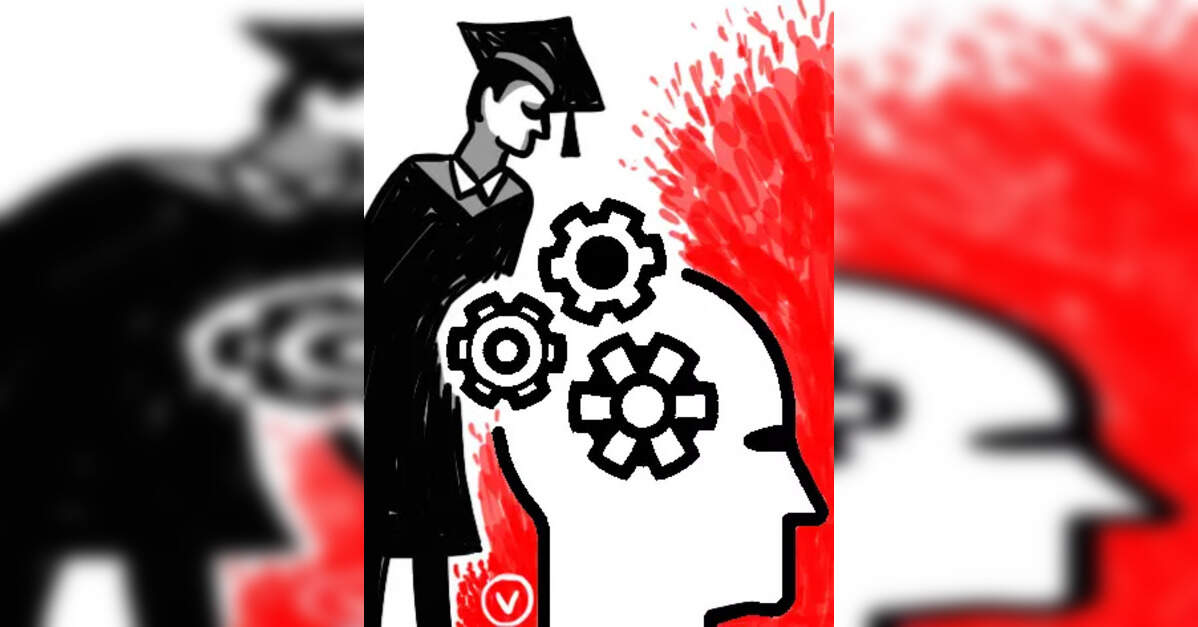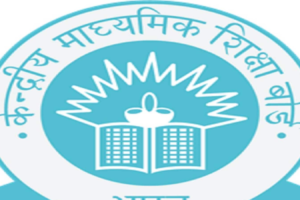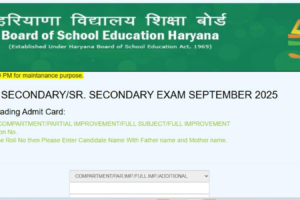
Education Ministry Highlights Critical Learning Challenges Ahead of National Conference, ETEducation

New Delhi: Ahead of the Fifth National Conference of chief secretaries, the education ministry has red flagged several human capital-linked challenges on the road to ‘Viksit Bharat‘ — from high student dropout rate, learning gaps, private schools missing the reform bus besides the need to future proof over 4.3 crore higher education students in a fast-paced AI/tech governed era.
The 5th NCCS will deliberate on ‘Human capital for Viksit Bharat’ when it meets under the chairmanship of the PM in November to consider the creation of a ‘future ready workforce’, capitalising on India’s demographic dividend. In concept notes shared with all state chief secretaries, the education ministry detailed the current scenario, challenges and pathways ahead. ET takes a look.
Caught in the Middle
The education ministry pointed to the “significant human capital challenge” highlighted by the gap between the low mean years of schooling (7.33 years) vis-a-vis the high expected years of schooling (13.3 years). Compounding this imbalance is a notably low gross enrolment ratio (GER), especially at secondary level (66.5%).
The lower net enrolment ratio, at 50.9% for secondary education, shows that a substantial number of age-eligible children are either out of schools or enrolled in grades not corresponding to their age. The resultant age-grade disparity is creating heterogenous classrooms, making it challenging for teachers to deliver age-appropriate curriculum. Consequent sub-optimal learning outcomes are leading to greater learning gaps and contributing to drop out rates.
Dropout Challenge
The National Sample Survey (2023-24) has estimated that out of 1.9 crore school children in the country, 48.9 lakh never enrolled in schools and 1.42 crores dropped out of school. UDISE+ finds dropout rate at the foundational, preparatory and secondary stage is 3.7%. 5.2% and 10.9% respectively with more boys dropping out at secondary stage. The fragmented school system is said to lead to around 1.07 crore students leaving school for lack of admission at higher levels. Only 2.5% of total students enrolled in Grades 6 to 12 are covered under skill education.
Ten categories of schools
As many as ten categories of them exist between primary to higher secondary meaning about 73.4% students undergo an admission process at least three times in their schooling years causing much disruption in their educational journey. There are nearly 5,000 primary-upper primary government schools with zero enrolment, nearly a lakh primary-upper primary schools that function with a single teacher. Add to its vacant teaching positions at 15.11%, 13.13% and 11.99% in elementary, secondary and senior secondary levels respectively.
Learning Gaps
Just 36%-37% show mathematical proficiency in class 8-9 and less than 55% language proficiency in similar grades. A “substantial proportion of students” lack “adequate proficiency in fundamental skills”. Enrolment of children with special needs is a mere 0.85%.
Private schools
While a significant proportion of students are enrolled in private schools, only 5%-10% of them have ushered in educational reforms. The ministry suggested increasing investment in education to 6% of GDP, better utilisation of funding by states and strengthening the secondary stage of school system.
Workforce Tech Challenge
63 in every 100 Indian workers require training on new technologies by 2030. As AI and tech roles outpace conventional curriculum and pedagogy, the ministry expects over 2.3 million AI jobs will be available by 2027.
With the present pace, only 1.2 million skilled professionals will be available by that time. Add to it the growing disconnect between educational qualifications and workforce needs, reflected in 53% of graduates working in roles below their skill level (Economic Survey 2024-25).
At institutes, it pointed to missing standard engagement templates for industry-academia collaborations impacting faculty exposure and curriculum delivery, lab readiness, and funding models. Unclear IP rights, weak technology transfer offices, and limited institutional capacity for incubation and scale-up compound the problem.
Academia often focuses on early-stage research (up to TRL 4), while industry seeks near-ready solutions (TRL 8 and above). This gap hinders collaboration, with many Indian academic projects ending at the proof-of-concept stage, falling short of industry needs for tested, market-ready innovations.
Source link



